
Homemade bath salts are the perfect self-care treat. Plus, they’re super easy to make.
Not only do homemade bath salts make a great do-it-yourself project to pamper yourself with a little self-care at home, but they also make the perfect DIY gift for just about any occasion.
Plus, they’re incredibly budget-friendly!
Soaking in a hot bath is one of the best (and easiest) ways to relieve tension and reduce stress.
I don’t know about you, but sliding into a hot bath is easily one of my favorite ways to decompress after a long day.
New research out of England even suggests that soaking in a hot bath for 20 minutes can have similar benefits to gentle exercise [1] – yet another reason to enjoy taking long, hot baths.
Homemade Bath Salts Benefits
I’m a huge fan of homemade bath salts because they are:
- Inexpensive – Um, have you seen how much store-bought bath salts cost lately?! My goodness. Making them at home will save you a ton of money and is way more rewarding. (See below!)
- Healthy – I use only all-natural ingredients here and avoid any type of artificial colorings. The natural pink hue of the Himalayan sea salt is all you need!
- Soothing – The magnesium in the Epsom salt can help ease muscle tension, while the sea salt and baking soda can make the bath more pleasant (more on that below).
- Beautiful – Put your homemade bath salts in a glass jar next to your bathtub for a decoration that is both beautiful and functional.
- Great for Gifts – Putting in the time and effort to make a beautiful, wonderful-smelling gift for someone goes a long way in making them feel special.
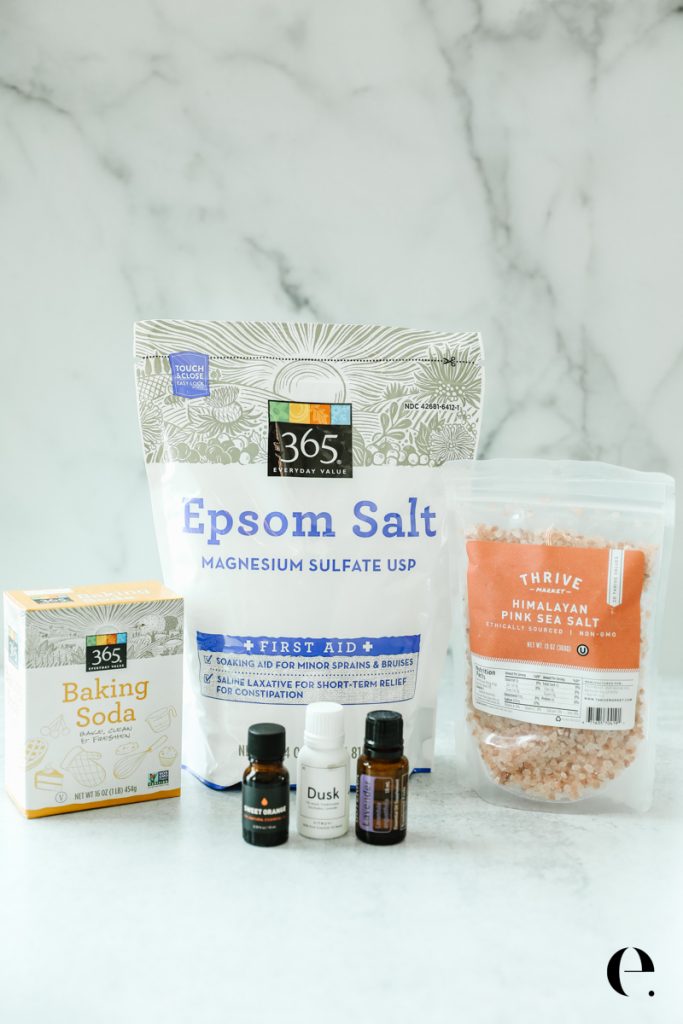
Homemade Bath Salts Are Cost-Effective
All in all, for this bath salts recipe (about 5 cups total) I paid around $1 or less for each ingredient averaged out! That’s roughly $5 or less per batch, making this option way more affordable than store-bought bath salts.
Here’s a breakdown of the cost of ingredients (in my area):
- $5 for an entire bag (at least 12 cups) of Epsom salt (Whole Foods 365 brand)
- $4 for the pink Himalayan sea salts (Thrive Market brand)
- $3.50 for a 2-cup bag of dried Pakistani rose petals, only 2 tablespoons are in the recipe (you can find these here or the Savory Spice Shop online)
- $1.50 for a box of baking soda (Whole Foods 365 brand)
- I already had the essential oils, but I think they are around $15-20 each and last forever
- Here’s a link to all of my inexpensive bath salt supplies if you need it
Homemade Bath Salts Ingredients
Epsom Salt
Epsom Salt (aka magnesium sulfate) technically isn’t salt at all.
But for the purposes of bath salts, we call Epsom salt “salt.” Epsom salt dissolves nicely in hot water and releases magnesium and sulfate ions, which many believe are absorbed through the skin, thereby helping relieve muscle tension. There haven’t been any scientific studies on this, but anecdotal evidence suggests that it works.
You can find plain Epsom salt at just about any store, or online here. I started buying them online in packs of 3 because I take a lot of Epsom salt baths, so it’s nice to have it delivered instead of lugging the big bags at the grocery store.
Coarse Sea Salt
Another addition to your homemade bath salts can be coarse sea salt. Coarse sea salt works best if you don’t want the salt to fall to the bottom of the jar.
Salt makes the water more buoyant for a pleasant bath experience in the bath, and many believe that the minerals in sea salt are beneficial to your body.
Similar to the Epsom salt above, there aren’t any specific scientific studies on this, but again, anecdotal evidence suggests that it works. We do know, however, that salt makes your body more buoyant in the water, making for an overall nice experience.
I love the coarse pink Himalayan sea salt from Thrive Market because it’s beautiful, high-quality, and is sold at a great price. Some people like to use Dead Sea Salts as the salt from the Dead Sea is thought to be extra-rich in minerals.
It can be pricey, but if you can find it or have some on hand it works great here.
Baking Soda
Baking soda helps dissolve oils on your skin and makes a great addition to a hot bath. Make sure you’re using baking soda (it’s cheap!), NOT baking powder.
It also helps absorb some of the essential oils to keep your bath salts smelling great.
Essential Oils
This is the fun part! Essential oils work on a sensory level to make your homemade bath salts even more pleasing. You can use any combination of essential oils that you like.
Lavender is known to be calming, while eucalyptus is known to be soothing.
I generally combine lavender and sweet orange essential oils. If I were sick with a cold or the flu, I would make this with half eucalyptus and half lavender for a “get-better-fast bath.”
Dried Flowers (Optional)
You can also add a few tablespoons of dried flowers to make your homemade bath salts even more beautiful.
I generally do not add these if I’m making them for myself for regular use as it’s an extra thing I need to clean up in the tub after the bath, but they really do make a beautiful addition to this if you’re giving it as a gift.
I use the dried rose petals, but feel free to use any kind you like. I recently bought these organic rose petals and really like them:

Nourishing Skin Oil (Optional)
And finally, you can add a few tablespoons of a neutral oil that you would put on your skin, such as sweet almond oil or coconut oil. I personally prefer to NOT add oil to my bath salts as it creates a ring around the tub, but some people are into it. You do you.
I’d rather use the oil on my skin after the bath to keep it out of the tub. Adding oil also shortens the shelf life of your bath salts because oils can spoil.
If you choose to add oil, make sure to use your bath salts within three months.

How to Make Homemade Bath Salts
I give you the full recipe and method below that you can save and print to refer back to later. In general, you’ll mix 3 cups of Epsom salt with about 1.5 cups of coarse sea salt and 1/2 cup baking soda, then add 15-20 drops of essential oils and mix.
Store in a cool, dry place and use about 1/2 cup in each hot bath.
Again, print the recipe below and find all of my bath salt supplies here.
IMPORTANT! Baking soda in glass jars can develop high air pressure in humidity or at high elevations. A reader mentioned that a glass jar of her bath salts exploded after sitting in her cabinet in a glass jar.
This hasn’t ever happened to us and we’re glad she’s ok. We researched this and found out that on very rare occasions, the humidity in the environment (or other factors such as elevation) can interact with and activate baking soda, which will cause air pressure to build in an airtight container.
We recommend punching a few holes in the top of your lid if you’re going to store this in a glass jar or air-tight container to avoid exploding bath salts. Or, store these in a plastic bag or container that is not air-tight to prevent air pressure from building up.
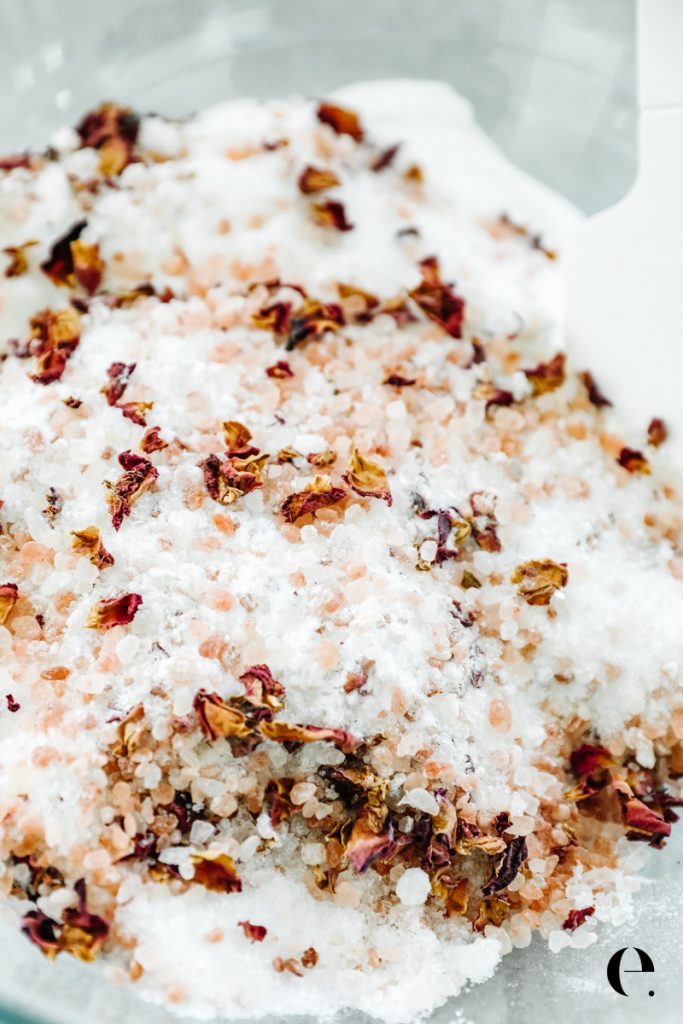
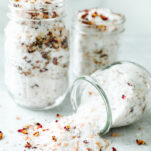
DIY Homemade Bath Salts (You Choose the Scent!)
- Prep Time: 10 minutes
- Total Time: 10 minutes
- Yield: 5 cups 1x
- Category: Beauty
- Method: Mix
Description
I love these homemade bath salts with either all lavender essential oil or a mix of 10 drops each lavender and sweet orange essential oils. You can choose any scent or combination, just use 15-20 drops total of the essential oils. If you make these bath salts, let us know and leave a star rating in the comments below to help other readers in our community.
Ingredients
- 3 cups plain Epsom salt
- 1.5 cups coarse sea salt (such a pink Himalayan sea salt)
- 1/2 cup baking soda
- 20 drops essential oils of your choice (I like 10 drops lavender and 10 drops sweet orange)
- optional: 2-3 tablespoons dried flowers if they are easy to get
- optional: 2 tablespoons almond oil or coconut oil if you like oil in your bath salts (I prefer none)
Instructions
Mix all ingredients in a large glass bowl using clean hands or a clean spatula. Store in glass containers until use; mason jars work great (but be sure to punch a few holes in the lid to prevent air pressure from building up*). Or, store in plastic bags or containers that allow some airflow. Store in a cool, dry place up to 6 months (3 months if you use oil).
Enjoy about 1/2 cup to 1 full cup in each hot bath for a wonderful and relaxing bath. This recipe makes about 5 cups total, which should last you about 5-10 baths total.
Notes
Wonderful Scents + Combinations for Homemade Bath Salts:
- 20 drops lavender essential oil
- 10 drops lavender essential oil + 10 drops sweet orange essential oil
- 10 drops lavender essential oil + 10 drops eucalyptus essential oil
- 15 drops eucalyptus essential oil + 5 drops frankincense essential oil
- 20 drops rose essential oil
- 10 drops rose essential oil + 10 drops lavender essential oil
Salt Ratios
If desired, you can change the ratio of salts in your homemade bath salts. You can use all 4 cups Epsom salt, or 2 cups Epsom salt and 2 cups coarse sea salt, or 4 cups total salts based on what you have to work with. I really like the combination of 3 cups Epsom salt with 1 cup coarse pink Himalayan sea salt, but use what you have to work with.
Tip for Easy Clean Up
When I make this for myself for home use, I skip adding extra skin-nourishing oils (I still use essential oils) and skip the flowers for easier clean up in the bathtub.
*On very rare occasions, the humidity in the environment can interact with and activate baking soda, which will cause air pressure to build in an airtight container. A variety of conditions such as humidity and elevation can cause this. We recommend punching a few holes in the top of your lid if you’re going to store this in a glass jar or air-tight container to avoid exploding bath salts. However you store them, just be sure that the container allows for some airflow.

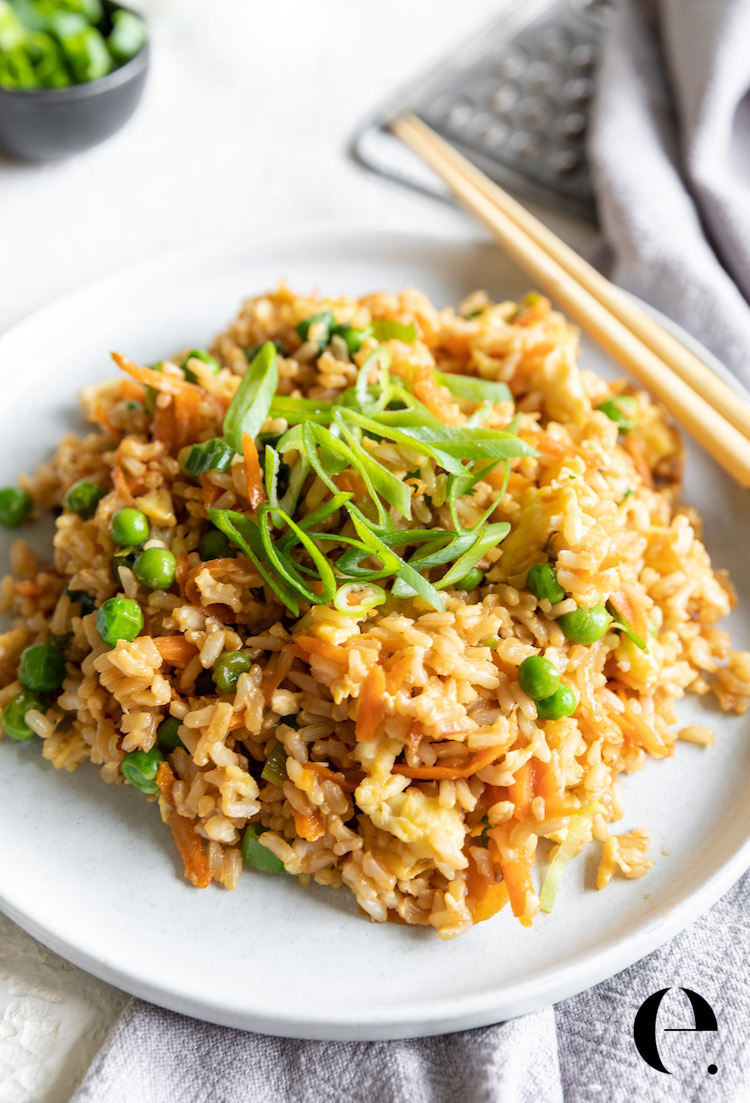
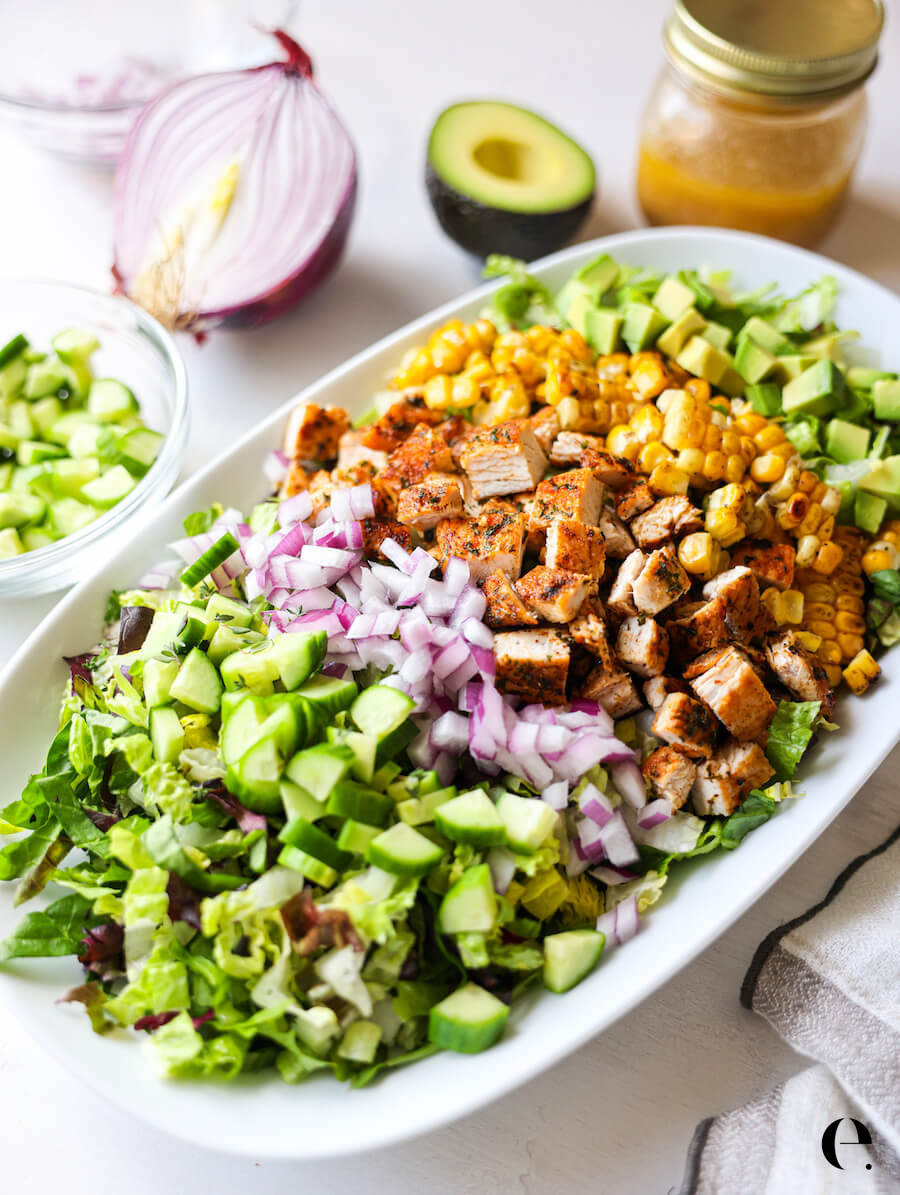

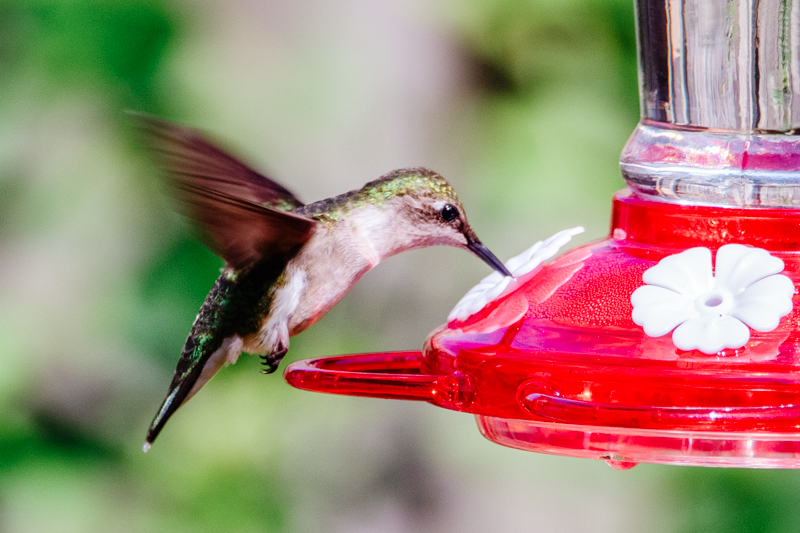
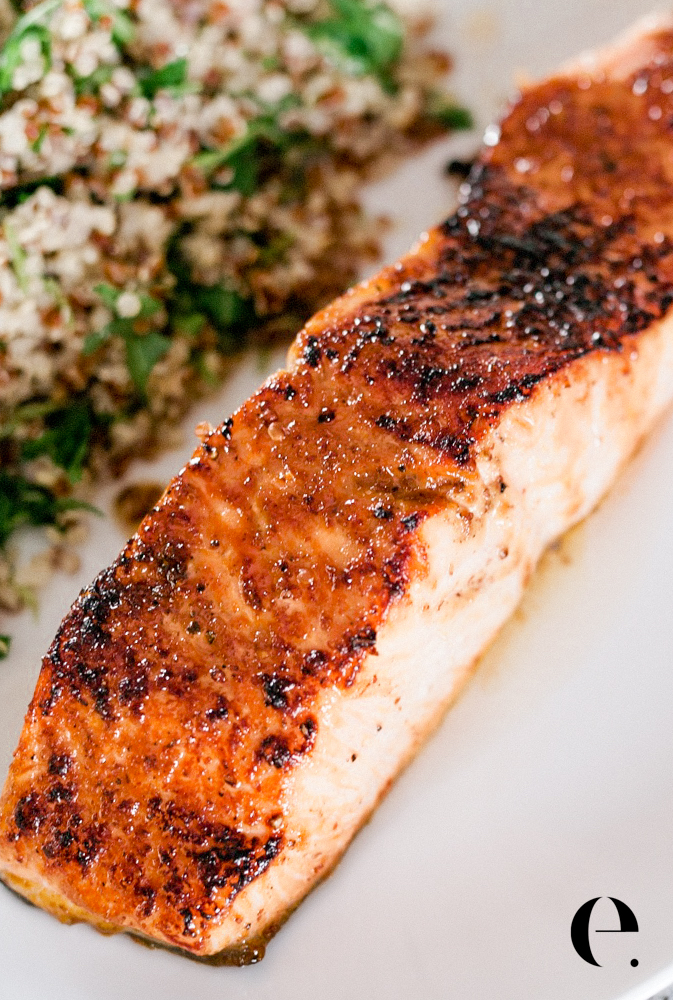
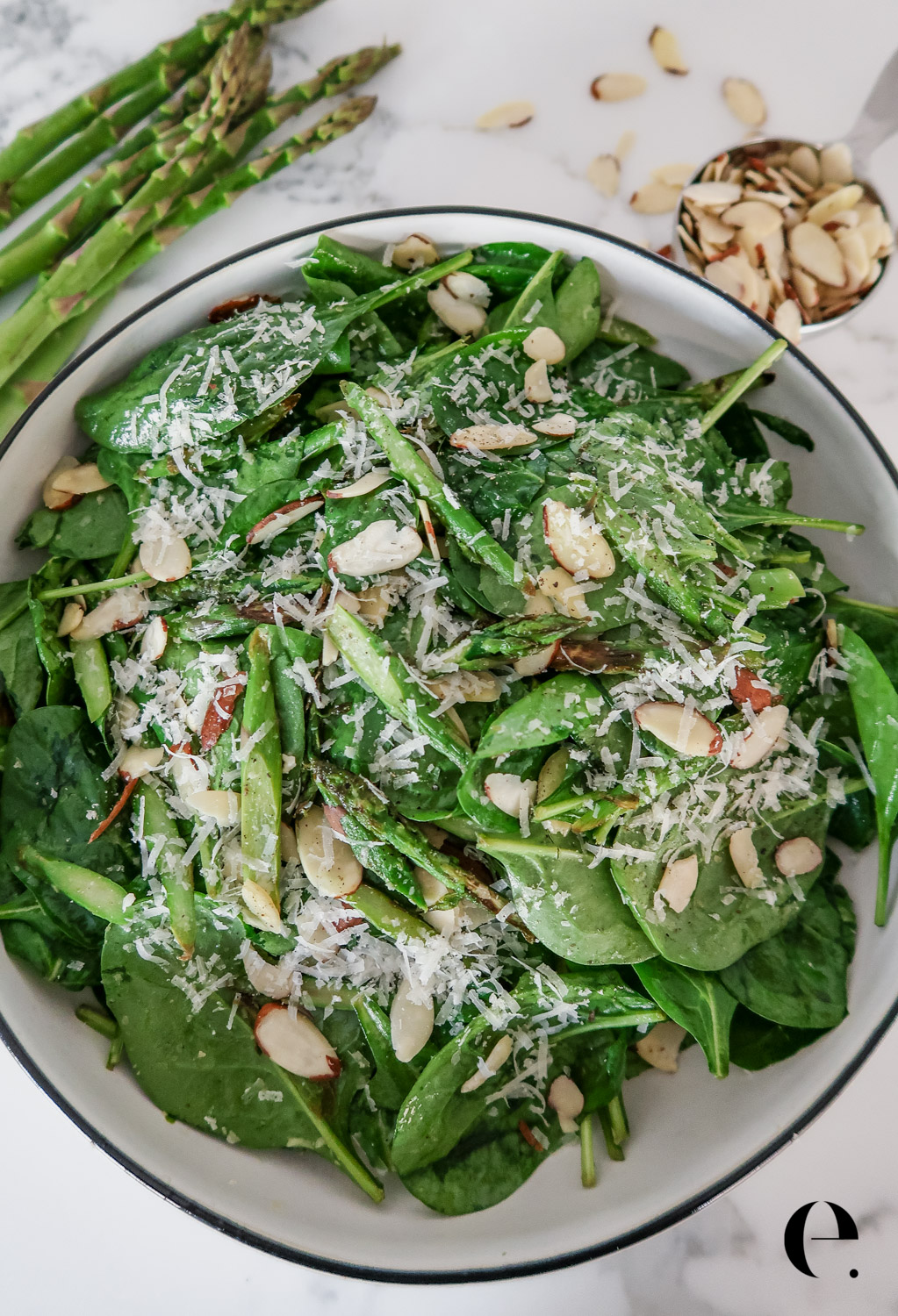
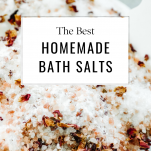
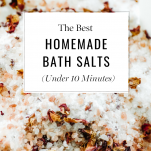
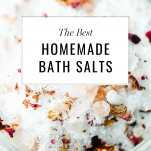

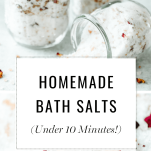
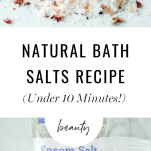
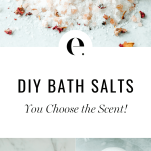
I’m going to try these out! My only question is; when you say 3 months for oils are you saying this for the essential oils and if you use coconut oil?
Thanks!
That’s really for the coconut oil. If you leave that out (I usually do) you’ll get a much longer shelf life. All salts and essential oils are different so I can’t say exactly how long it will keep, but I’d expect at least 5-6 months.
Hi there, When making these bath salts, how do you know what portion of each ingredient to use?
My Jars are 200ml, 250ml and 350g
Thank you
Hi Tash, the amounts are listed in the recipe card at the bottom of the post. 250ml is about 1 cup. The bath salts recipe on the post above makes 5 cups. You can halve the amount for less if you want. Or, store it all in a big Ziplock or Stasher bag.
FYI – Pink Himalayan Salt is not a Sea Salt.. it’s from the Himalayan mountains, hence the name, and classified as a Rock Salt. It’s mined from salt caves.
Actually, it is sea salt. The Himalayas were, at one time, at sea level until what is now India moved into them and pushed into the continent and moved the land into the mountains we now know as the Himalayas. This is why we find sea salt and sea shells at such high altitudes around the world.
I would love to make this as gifts. I bought some beautiful glass bottles with corks at my local charity store that I would like to use. I don’t think I could punch a hole in them without damaging the cork so badly that it can no longer be used as a stopper. What happens if I leave out the baking soda?
Spread out your recipe after being made on a parchment paper covered cookie sheet and let dry for several days, stirring several times. Then bottle, the baking soda won’t be a problem.
Do you have to do this everytime you make this recipe or just if you have a container with no hole.
The cork won’t likely seal airtight if you bought it used (cork will likely be drier) and bottles are decorative. Wine bottles have airtight corks…. but you should see how they get them in there! I don’t think you need to worry here, also in the case of a cork placed at home… under pressure it will likely pop off on its own vs exploding glass.
Hope this helps. I expect the exploding jar was the canning variety!
Have you had issues with your coarse pink Himalayan salt not fully dissolving? I bought the same one as your recipe, but no matter how hot the bath they don’t dissolve and it’s a bit unpleasant to lay on lol.
Elisha, I do find it takes longer but it doesn’t bother me. I’d say leave it out replace it with more Epsom salts on your next batch 🙂 ~E
Okay, thanks!
Hi! Going to try this out. Just curious, what is the benefit of the Himalayan Salt? I don’t have any right now, but don’t wanna FOMO the opportunity it might offer.
Hi Jax! Himalayan Salt is a pure salt that is high in minerals. If you don’t have any, you can use any kind of high-quality sea salt. ~E
Absolutely beautiful!
We particularly love the essential oil blend ideas. Interestingly, we have found cedarwood to be very popular in our blends!
Thank you for the blog and gorgeous photos!
Have you ever used rosehip oil in this recipe?
I enjoyed making my own bath salts. I used baking soda and had the same explosion issue, only i had an airtight plastic bag. I will try without baking soda next time.
I also used dried rose petals. Have you had any issues with the rose petals turning the salts brown? How did you prevent this?
thanks again for the recipe!
You can safely dilute many essential oils with water. Carrier oils are a great way to dilute the essential oils and avoid skin irritation however water works great as well. Especially in this case as the salt blend will be added to the water you’re about to soak in.
This is incorrect. Water and oil do not mix- essential oils are not safely diluted by water alone, nor salt. They need a carrier oil or emulsifier to allow them to disperse safely. Salt just dissolves in water, leaving the essential oils to irritate the skin due to not being safely dispersed.
Hi. It ends up being just a few drops of essential oils per bath. I’ve been doing this for years and have never had a problem. Large amounts of essential oils do need to be put into a carrier oil. However, a few drops in an entire bath aren’t a problem.
Hi!! Why my bath salts is getting hard after a week??
@ parisecancel
How are you storing your salts?
Hello! Do you have to use baking soda, or can I leave that out?
Hi Michelle, You can leave it out if you don’t have any. The bath salts will still be great! ~E
it’s Epsom Salt, not salts. just fyi.
just like you would say pass the table salt, not salts.
Can I ask how strong this smells? I’m really wanting to make these for gifts but I want it to be REALLY aromatic and nice. Like a really nice atmosphere. Does the essential oil amount listed here give that? Thanks in advance
Hi Tiffany, To me, these are nice and moderately fragrant as written. You can for sure smell them but they aren’t too overpowering. The cool thing is that you can tell right away how strong they are when you’re making them and you can add up to double the amount of essential oil drops I mention. At some point (more than double) it might be a little wasteful. Go ahead and simply add more essential oil drops if you want them to be more fragrant. ~E
You can’t omit a carrier oil when making bath salts if you are using pure essential oils. If you’re using fragrance oil or essential oils that are generally considered safe for direct skin contact (like lavender essential oil) you can get away with it. At 20 drops of EO, you should be using a minimum of 2 tbs carrier oil otherwise a person could really irritate their skin. To avoid the ring around the tub, you can also use an emulsifier or try a semi-soluble carrier oil like fractionated coconut oil <3